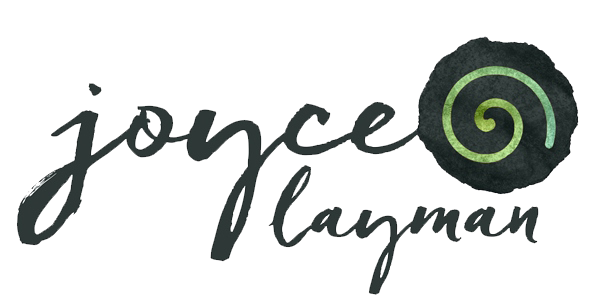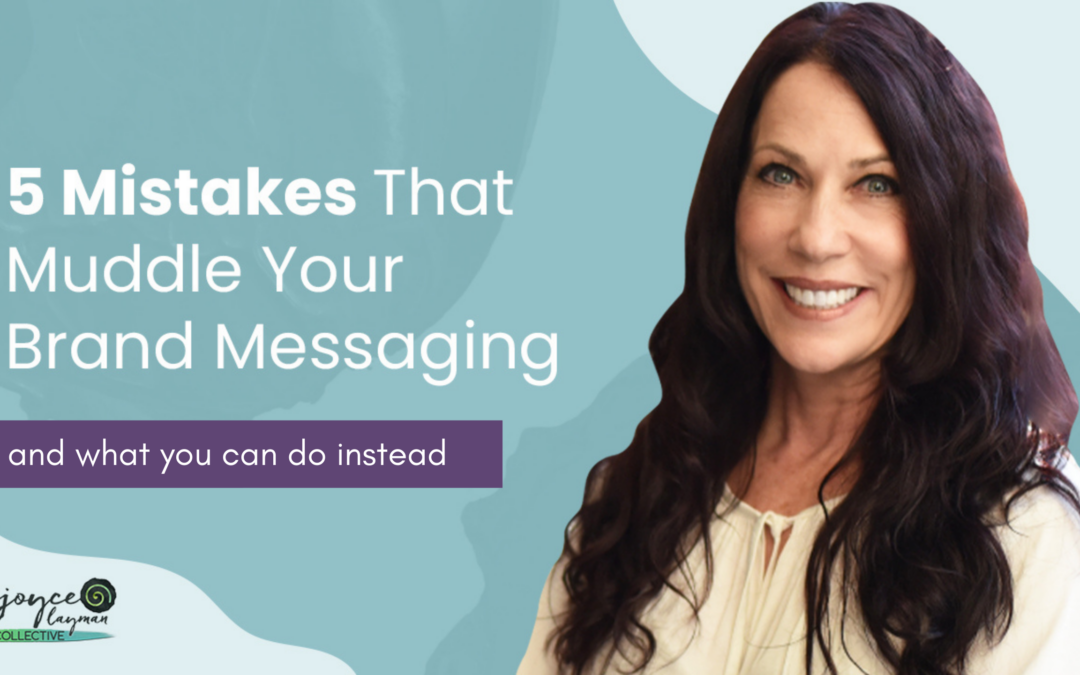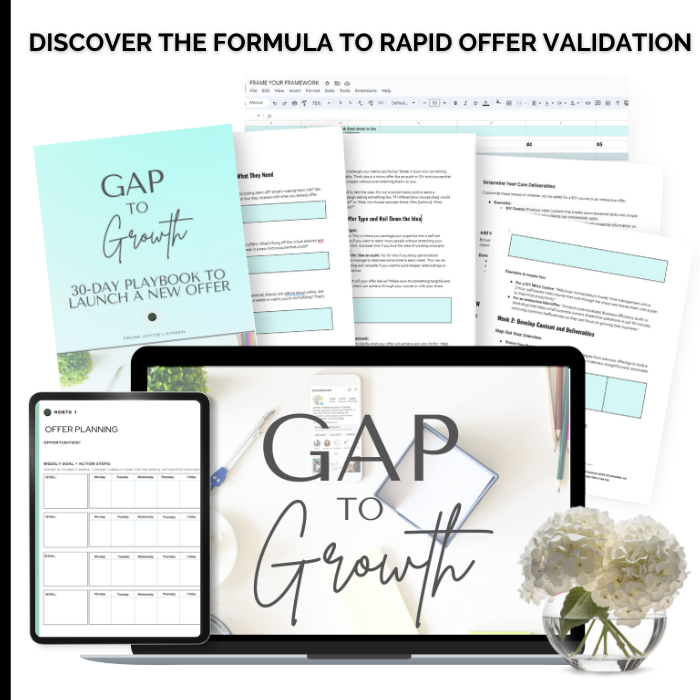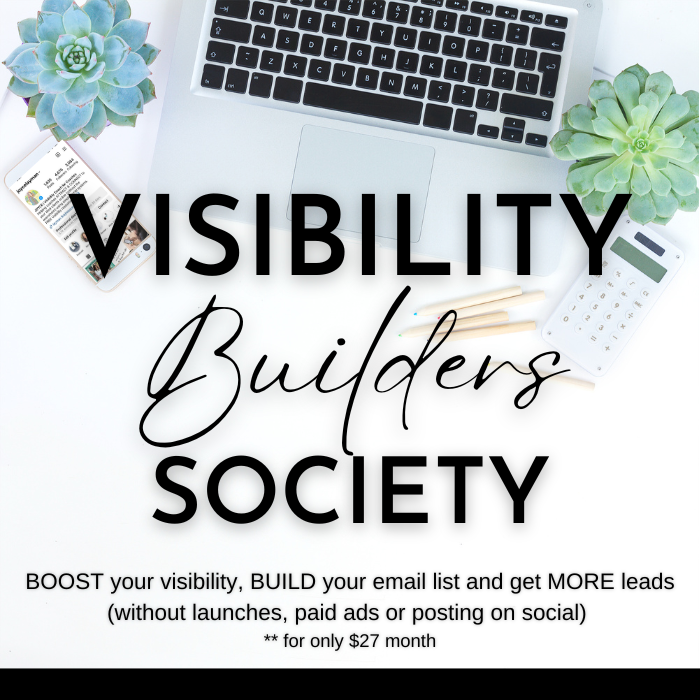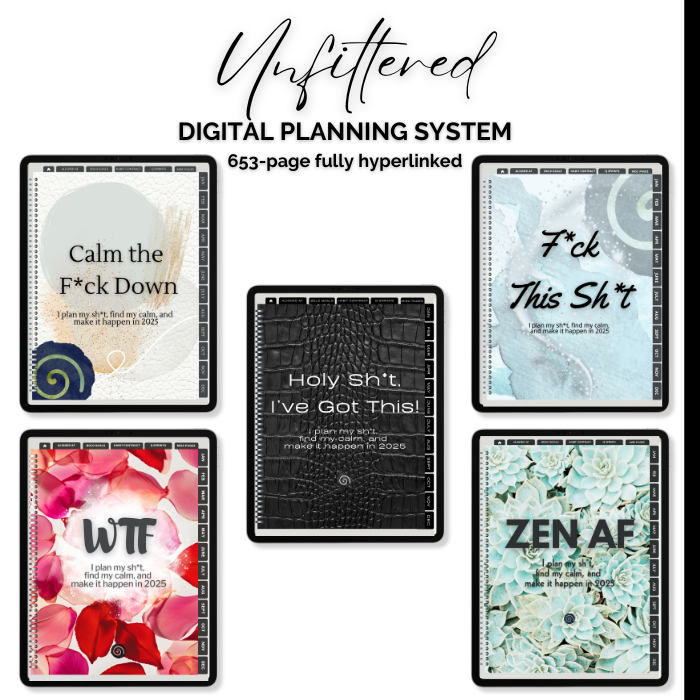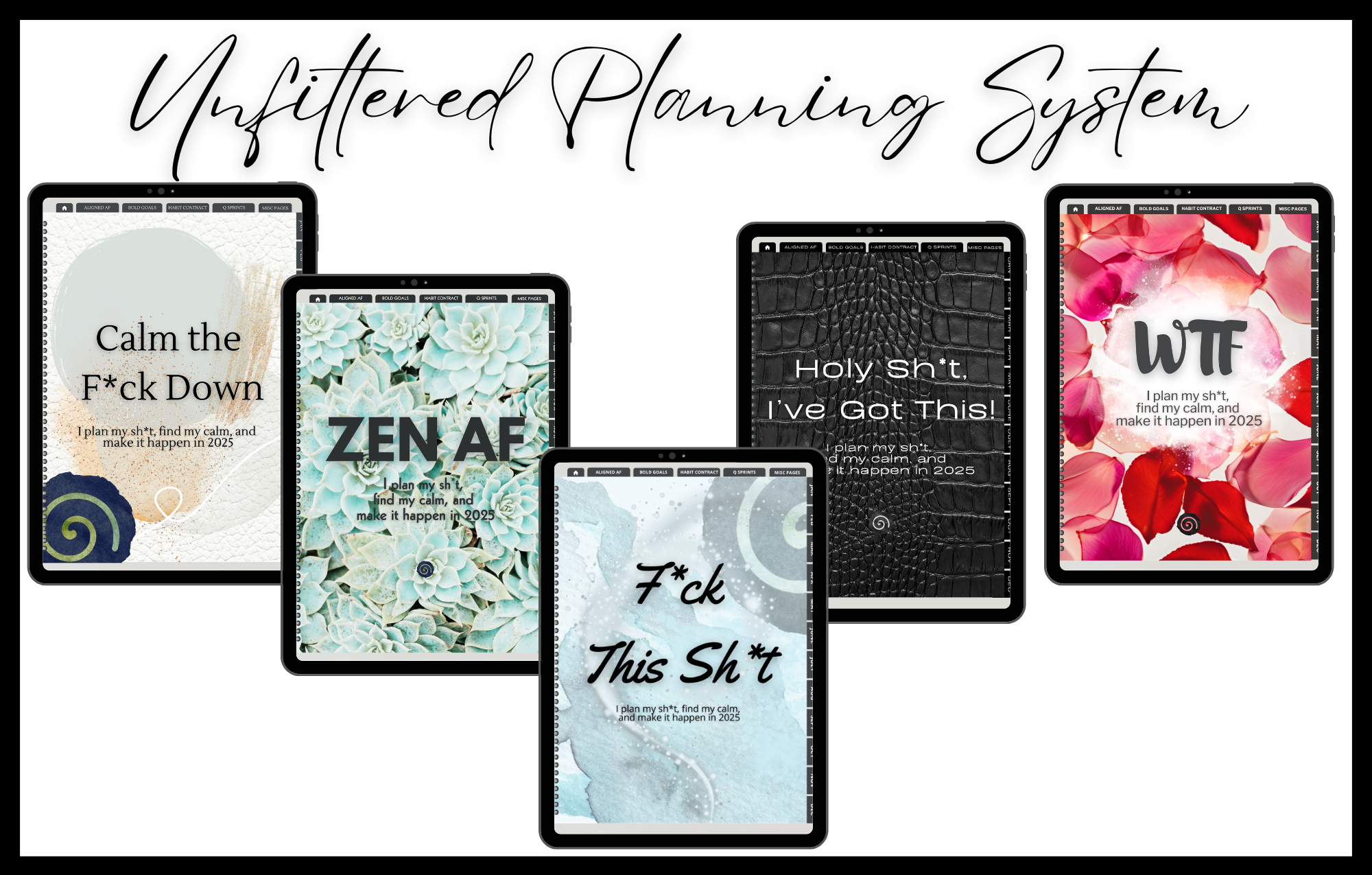You’ve worked hard to create a strong brand presence, but you’re not seeing the results you want. It’s frustrating when you put so much effort into branding and marketing only to see little return. You know that a clear, consistent message is key to success, but somehow your brand is getting muddled.
If you’ve been promoting your offers only to find that your target audience just isn’t getting it, you’re not alone. Here are five common mistakes that can muddle your brand messaging, cost you client opportunities – and how to avoid them.
Watch the video or skip to the show notes below!
Mistake #1: Not Thinking Through Your Umbrella Brand
Your personal branding starts with a strong foundation—your business name, offers, and lead magnets should all align under one clear umbrella. Think of your business name at the top, with your coaching programs, content pillars, and lead magnets structured underneath.
My business is Layman Collective LLC, and everything I offer ties back to visibility. This includes:
- Visibility Builders Society – A monthly membership that helps entrepreneurs grow their authority and audience by leveraging other people’s audiences.
- Visibility Incubator – A group program designed to help clients build offers, messaging and design a lead generation system that brings new people into their world consistently.
- Visibility Collective – A private Facebook group exclusively for my clients to support their business growth journey.
One of the key things I teach is how to create a roadmap specific to your offers and framework. This simplifies the process of knowing exactly what to create under your umbrella brand—whether it’s offers, lead magnets, workshops, or content. When you have a clear strategy behind everything you create, it ensures consistency and makes it easier for your audience to understand how your programs connect.
BLOG: MAKE YOUR COACHING OFFER ONE THEY CAN’T PASS UP
Tip: Do a quick search with your state’s Secretary of State and check domain availability before settling on a business name. If needed, using your name plus LLC or a descriptive word can be a smart choice.
Your coaching niche ideas and offers should also align under your umbrella brand for clarity.
Question: What is your business name, and do your offers/programs relate to it? Mapping it out visually can help.
Mistake #2: Fuzzy Taglines
Your tagline should be clear, concise, and compelling—helping potential clients instantly understand what you do and how you can help them.
Think of two types of taglines:
- Main tagline for your company = value statement
- Taglines for your offers = transformation statement
For example, the tagline for the Visibility Builders Society is:
“Learn how to boost your online authority & add hundreds of email subscribers (and leads) to your list fast. And have new visibility opportunities arriving in your inbox every single week without launches, spending money on Facebook ads or burning out on social media.”
Your coaching business tagline should be just as clear. Your audience is busy—if they can’t grasp what you do in seconds, they’ll move on.
Tip: Keep it under 10 words and make sure it ties directly to how to get coaching clients by addressing their main pain point.
Mistake #3: Trying to Be Everything to Everyone
One of the biggest mistakes coaches make in their branding is trying to attract everyone. If you speak to everyone, you speak to no one.
If you’re not clear on your target audience, ask yourself:
- Who do I love working with the most?
- Who are my best clients?
- What types of clients bring me the most fulfillment?
Once you know your coaching niche, your messaging will become much clearer.
Need clarity? Check out my podcast episode: How to Go from Confusion to Clarity.
Mistake #4: Lack of Consistency Across All Channels
Have you ever visited someone’s Facebook, Instagram, and LinkedIn, only to see completely different messages? That inconsistency is confusing to potential clients.
Your brand should be instantly recognizable across platforms. That includes:
- Consistent messaging
- Cohesive visuals (colors, fonts, and branding)
- A clear call to action (CTA) that guides clients to the next step
Tip: Answer these questions to build your brand’s visual identity:
- What feeling do I want my brand to evoke?
- What colors represent my brand?
- What fonts will I use across my website and social media?
I use Canva to create my brand visuals, lead magnets, and workbooks. Having a cohesive look makes a huge difference in attracting clients online!
Mistake #5: Not Engaging Your Audience at Each Stage
Your audience goes through four key stages before they become paying clients:
- Unaware – They don’t realize they have a problem yet.
- Problem Aware – They recognize a problem but don’t know how to solve it.
- Solution Aware – They start researching solutions.
- You Aware – They evaluate their options and decide whether to work with you.
Your content should meet them where they are in their journey:
- Problem Aware: Create content addressing their pain points and provide a CTA.
- Solution Aware: Offer blog posts, lead magnets, or free resources that give them next steps.
- You Aware: Offer discovery calls or free workshops to build trust.
By guiding them through each stage, you’ll be more likely to convert them into paying clients.
Is Your Brand Messaging Clear and Impactful?
Tired of being a best-kept secret in your niche?
Ever wish you could have someone just look at your business and tell you how to fix it?
Well, here’s your chance! Book a Visibility Breakthrough Audit and get expert insights into how to refine your brand messaging, attract more of the right clients, and finally gain the clarity you need.
